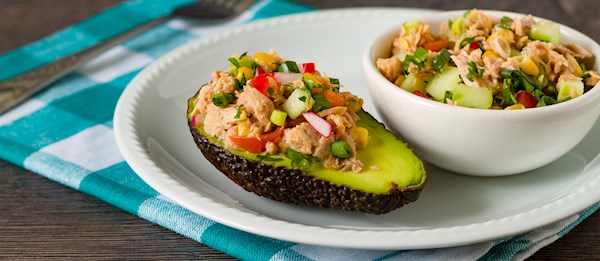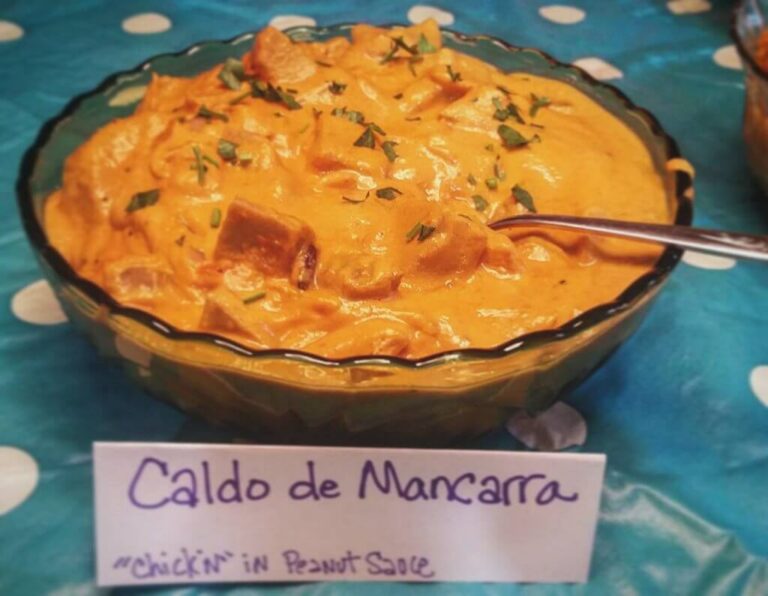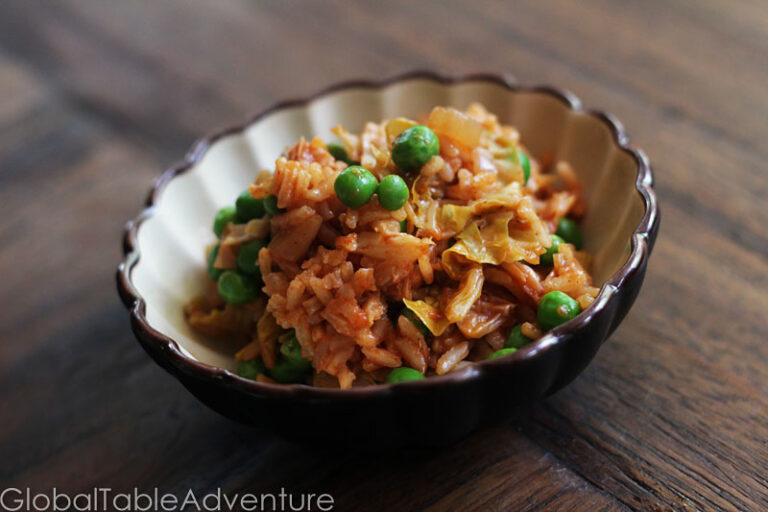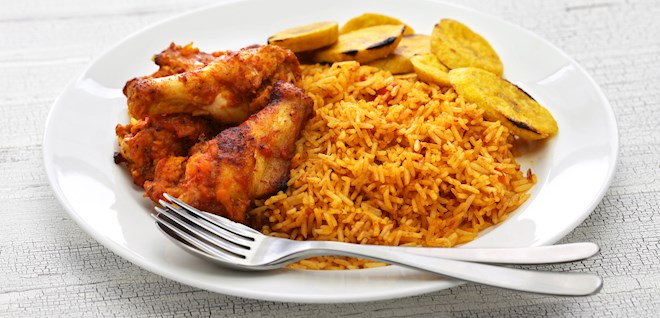Introduction to Guinea-Bissau cuisine
Guinea-Bissau is known for its rich cultural heritage, and this is reflected in its cuisine. The country’s food is heavily influenced by Portuguese, African, and Brazilian flavors. Seafood is a staple in Guinea-Bissau, but meat dishes are also enjoyed. Vegetarianism is not widely practiced in the country, but there are still plenty of delicious vegetarian options to try.
Vegetarianism in Guinea-Bissau
Vegetarianism is not a common practice in Guinea-Bissau, but there are still options available for vegetarians. The country’s diet is heavily based on seafood and meat, but there are plenty of vegetarian dishes available if you know where to look. It is important to note, however, that many dishes may contain fish or meat broth, so it is essential to specify your dietary requirements when ordering.
Traditional vegetarian dishes in Guinea-Bissau
One traditional vegetarian dish in Guinea-Bissau is called caldo de caju, which is a cashew soup made with cashew nuts, vegetables, and spices. Another popular dish is arroz de coco, which is a coconut rice dish made with onions, garlic, and vegetables. Xerém is a vegetarian dish made from cornmeal and vegetables. Additionally, plantains and yams are commonly used in vegetarian stews.
Ingredients commonly used in vegetarian dishes
Vegetarian dishes in Guinea-Bissau typically feature fresh vegetables, herbs, and spices. Common ingredients include tomatoes, onions, garlic, ginger, and chili peppers. Plantains and yams are also commonly used in vegetarian stews. Cashews are also a popular ingredient in vegetarian dishes and are often used to add richness and creaminess to soups and stews.
Exotic vegetarian dishes to try in Guinea-Bissau
One exotic vegetarian dish in Guinea-Bissau is called caruru, a dish made with okra, onion, tomato, and palm oil. Another is amendoim, which is a peanut stew made with vegetables and spices. Feijoada is a bean stew made with black beans, onions, garlic, and spices. It is typically served with rice and is a popular vegetarian option in Guinea-Bissau.
Where to find vegetarian restaurants in Guinea-Bissau?
Vegetarian restaurants are not common in Guinea-Bissau, but many local restaurants will offer vegetarian options on their menus. It is important to specify your dietary requirements when ordering, as many dishes may contain fish or meat broth. If you are looking for a vegetarian restaurant in Guinea-Bissau, you may want to check out the capital city of Bissau, where there are a few vegetarian-friendly options available.










